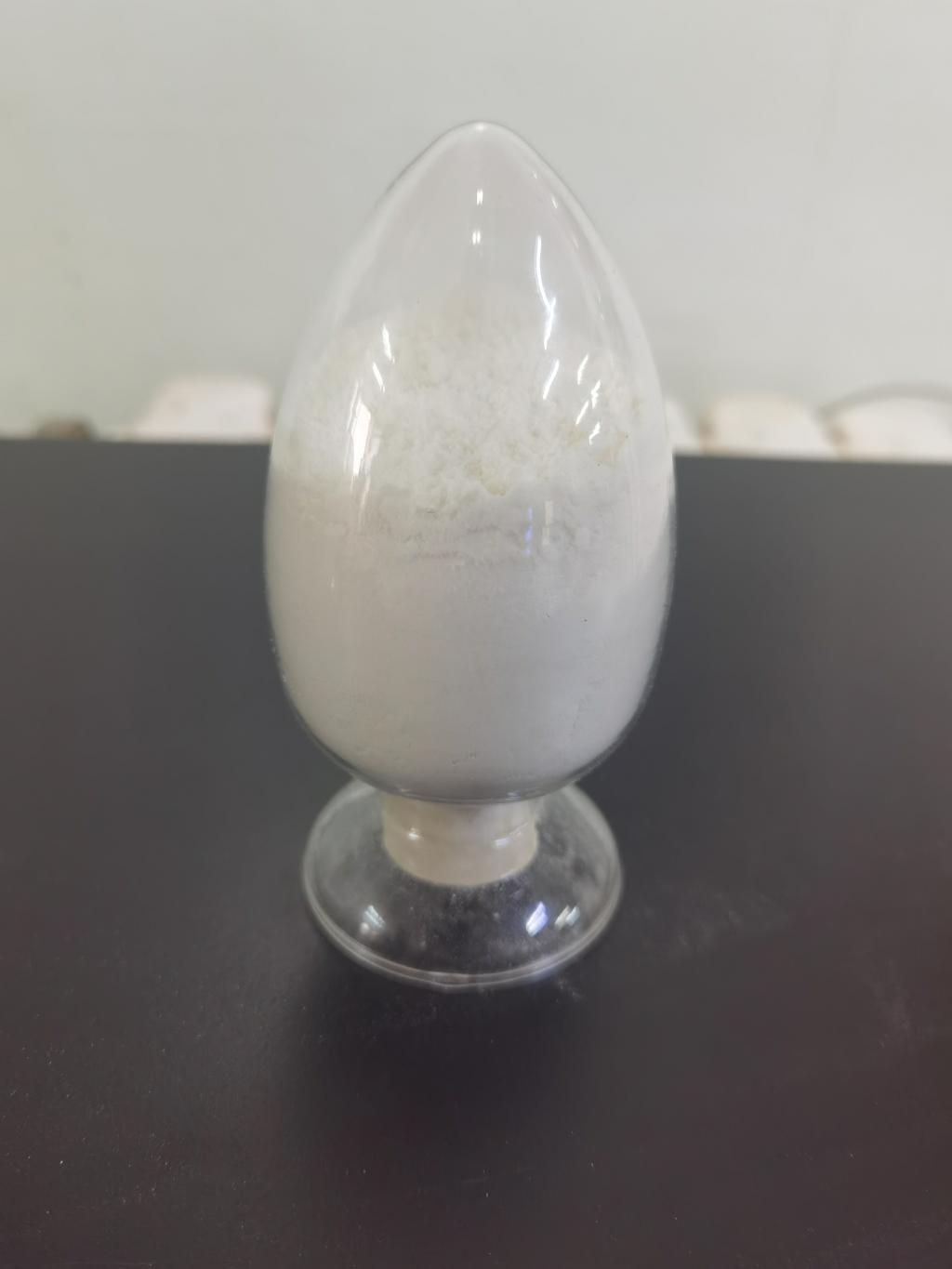Tel:+8618231198596

News
 CONTACT
CONTACT
 CONTACT
CONTACT
- Linkman:Linda Yao
- Tel: +8618231198596
- Email:linda.yao@dcpharma.cn
- Linkman:CHARLES.WANG
- Department:Overseas
- Tel: 0086 0311-85537378 0086 0311-85539701
News
Current Position:
Home >
News
>ε-Polylysine Hydrochloride and Food Innovation: Redefining Culinary Boundaries
ε-Polylysine Hydrochloride and Food Innovation: Redefining Culinary Boundaries
TIME:2023-12-11
I. ε-Polylysine Hydrochloride: A Culinary Alchemist's Tool
A. Origins and Discovery
ε-Polylysine hydrochloride is derived from the fermentation of certain strains of bacteria, particularly Streptomyces albulus. Discovered for its antimicrobial properties, this peptide has found applications in food preservation and safety. This section will provide an overview of the origins and discovery of ε-polylysine hydrochloride.
B. Characteristics and Composition
The unique characteristics of ε-polylysine hydrochloride make it a valuable addition to the culinary toolkit. Composed of multiple lysine residues, its molecular structure contributes to its antimicrobial activity and stability. This section will delve into the composition and properties that make ε-polylysine hydrochloride a versatile ingredient.
II. Mechanism of Action in Culinary Applications
A. Antimicrobial Properties
At the heart of ε-polylysine hydrochloride's culinary magic lies its antimicrobial prowess. The peptide disrupts the cell membranes of bacteria, inhibiting their growth and ensuring food safety. This section will explore how ε-polylysine hydrochloride's mechanism of action translates into practical applications in the culinary world.
B. Preservation and Shelf Life Extension
In the realm of food preservation, ε-polylysine hydrochloride plays a pivotal role in extending the shelf life of various food products. This section will showcase examples of its application in preserving the freshness and quality of perishable items, ranging from baked goods to dairy products.
III. Enhancing Culinary Creativity
A. Texture Modification
The versatility of ε-polylysine hydrochloride extends beyond its antimicrobial properties. Chefs and food scientists are harnessing its potential for texture modification, influencing the mouthfeel and sensory experience of a wide array of dishes. This section will explore how ε-polylysine hydrochloride contributes to innovations in culinary textures.
B. Culinary Foam Stabilization
Foams have become a hallmark of modernist cuisine, adding a playful and airy dimension to dishes. ε-Polylysine hydrochloride proves instrumental in stabilizing culinary foams, ensuring their longevity and structural integrity. This section will delve into its role in creating stable and captivating culinary foams.
IV. Applications in Molecular Gastronomy
A. Spherification and Gelation
Molecular gastronomy relies on scientific principles to transform ingredients and create novel dining experiences. ε-Polylysine hydrochloride finds its place in techniques like spherification and gelation, contributing to the formation of edible pearls and gels. This section will explore how ε-polylysine hydrochloride enhances the repertoire of molecular gastronomy.
B. Encapsulation and Controlled Release
The controlled release of flavors or active ingredients is a hallmark of culinary innovation. ε-Polylysine hydrochloride's ability to encapsulate various compounds opens up possibilities for creating flavor bursts and controlled release systems. This section will discuss its applications in encapsulation techniques in the culinary world.
V. Health and Wellness: Meeting Contemporary Demands
A. Clean Label Movement
In an era where consumers are increasingly conscious of what goes into their food, the clean label movement has gained momentum. ε-Polylysine hydrochloride aligns with this trend, being a naturally derived ingredient with a clean safety profile. This section will explore how it caters to the demands of clean label enthusiasts.
B. Gluten-Free and Allergen-Free Solutions
As dietary preferences and restrictions become more diverse, chefs and food manufacturers seek alternatives to traditional ingredients. ε-Polylysine hydrochloride offers gluten-free and allergen-free solutions, catering to a broader consumer base. This section will discuss its role in providing alternatives without compromising on taste or quality.
VI. Challenges and Considerations
While ε-polylysine hydrochloride holds tremendous potential for culinary innovation, it is essential to address challenges and considerations. This section will explore factors such as taste compatibility, regulatory considerations, and potential cultural acceptance, acknowledging the need for a balanced approach to its incorporation in various cuisines.
VII. Future Trends and Collaborative Initiatives
The article will conclude by exploring future trends and collaborative initiatives in the realm of ε-polylysine hydrochloride and culinary innovation. This may include ongoing research, collaborative ventures between chefs and scientists, and the evolution of culinary techniques that leverage the unique properties of this peptide.
Conclusion:
ε-Polylysine hydrochloride stands at the intersection of science and culinary arts, offering a myriad of possibilities for chefs, food scientists, and gastronomical enthusiasts. From preserving the freshness of ingredients to transforming textures and flavors in molecular gastronomy, this naturally derived peptide is redefining the boundaries of what is possible in the culinary world. As we embark on a journey of culinary exploration, ε-polylysine hydrochloride emerges as a catalyst for innovation, inviting chefs and food scientists to push the limits of creativity and reimagine the future of gastronomy.
- Tel:+8618231198596
- Whatsapp:18231198596
- Chat With Skype







